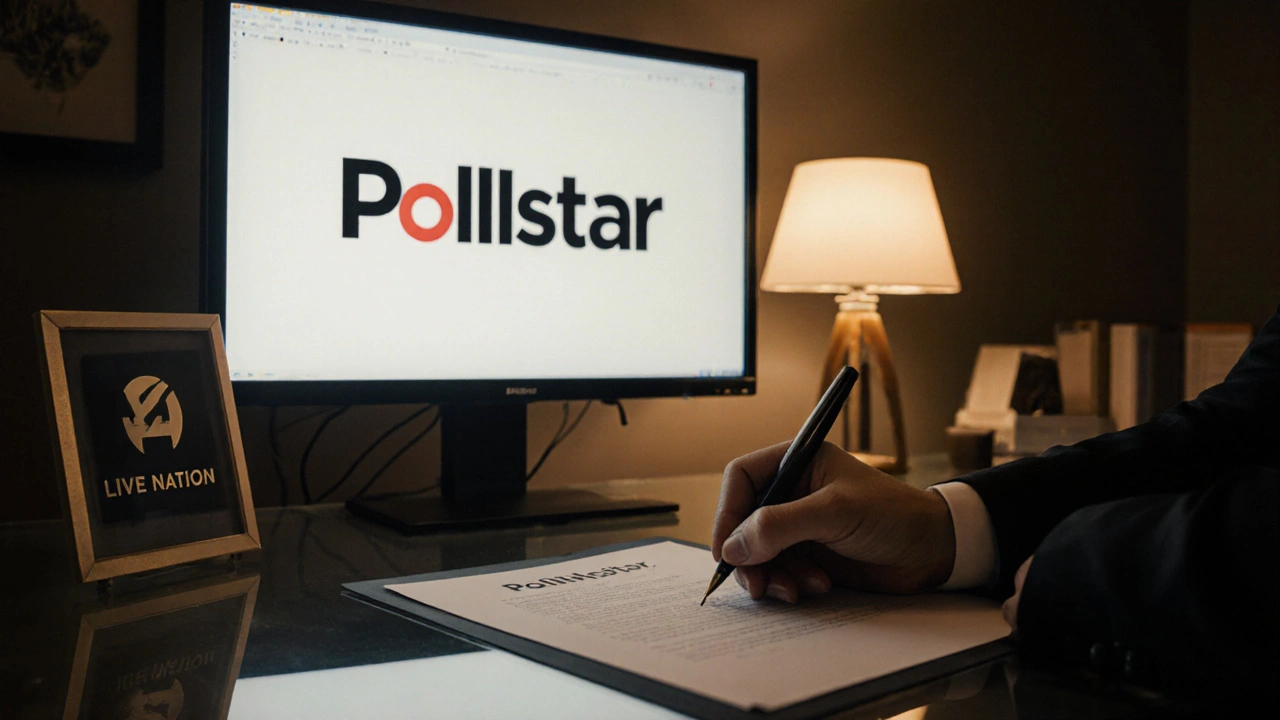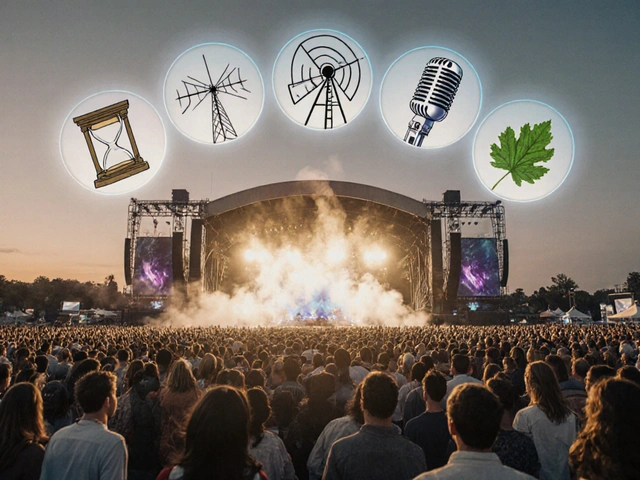Concert Industry Data: Insights, Trends, and Real Numbers Behind Live Music
When we talk about concert industry data, the measurable facts and figures that track how live music operates as a business. Also known as live music economics, it’s not just about how many people show up—it’s about ticket pricing, venue capacity, streaming tie-ins, and how artists actually make money off the stage. This isn’t guesswork. It’s payroll records, box office reports, and festival revenue splits that tell the real story.
Behind every sold-out show is a chain of numbers: concert attendance stats, the actual headcount at events, tracked by promoters and venues to forecast demand. In 2023, top-tier tours like Taylor Swift’s Eras Tour pulled over $1 billion globally—not because fans are obsessed, but because pricing, merch, and VIP packages are engineered for scale. Then there’s music festival economics, how events like Coachella or Glastonbury balance artist fees, sponsorships, and food vendor cuts to turn a profit. These aren’t just parties—they’re multi-million-dollar logistics operations with margins thinner than you think.
And it’s not all big names. Smaller tours rely on regional data: how many tickets sell in Dayton vs. Cincinnati, whether rain cancels shows, or if early-entry VIP packages actually boost revenue. The live music revenue, the total income generated from tickets, merch, parking, and streaming links tied to concerts is what keeps venues open, crews paid, and artists touring. You won’t find this in fan blogs—you’ll find it in industry reports, promoter spreadsheets, and ticketing platform analytics.
What does this mean for you? If you’re a fan, you’re seeing the results of this data—why tickets cost what they do, why some shows sell out in seconds, why festivals add more stages. If you’re an artist or promoter, this data decides where you play, how much you charge, and whether you break even. And if you’re just curious, this is the behind-the-scenes truth behind every concert you’ve ever attended.
Below, you’ll find real examples of how this data plays out: from the KISS show that hit 120dB and the BTS concert that registered as an earthquake, to the exact cost of livestreaming a show or how much a VIP ticket actually adds to the bottom line. These aren’t opinions—they’re outcomes of the numbers behind the music.






